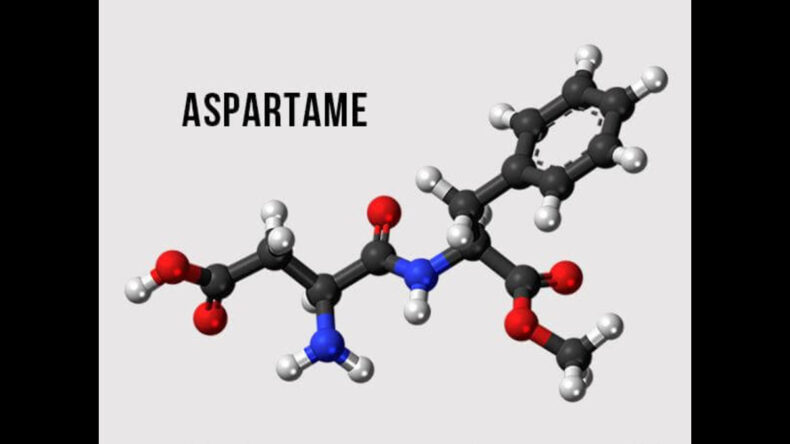
The World Health Organization is considering adding aspartame to its list of “possible human carcinogens,” alongside aloe vera and bracken ferns. This classification implies that there is a potential link between aspartame consumption and the development of cancer in humans.
They can unexpectedly appear in diverse places, blending into their surroundings. They can be found on roadsides, in health food stores, and even among forgotten items in refrigerators. They can also be a lingering thought, a desire for a leisurely hobby.
The World Health Organization (WHO) maintains a list called Group 2B, which consists of substances and activities that they consider “possibly carcinogenic to humans.” Among the 94 items on this list, some are expected, such as gasoline, HIV type 2 infection, and working with asphalt. However, it also includes seemingly benign entities like bracken ferns, aloe vera extract, and traditional Asian pickled vegetables. Even engaging in carpentry work could potentially lead to being listed as a possible carcinogen by WHO.
In July, the WHO is expected to add aspartame to its list, sparking controversy. Aspartame, found in numerous food products globally, has long been studied and this decision is seen as significant. Industry groups oppose the reclassification, citing confusion, and legal disputes have arisen from similar actions before.
An odd assortment
The World Health Organization (WHO) compiles its list of potential carcinogens through the efforts of its cancer research division, the International Agency for Research on Cancer (IARC). The IARC collects scientific evidence from studies involving humans and animals, along with additional pertinent information like potential mechanisms of carcinogenicity. Based on this information, they classify the identified substances into four distinct groups.
Group 1 consists of substances confirmed to be carcinogenic to humans, such as alcohol, specific types of HPV, and ionizing radiation.
Group 2A includes substances likely to be carcinogenic to humans, like red meat, night shift work, and outdoor air pollution.
Group 2B comprises substances that are possibly carcinogenic to humans, with aspartame soon to be added to this category.
Group 3 consists of substances that cannot be classified as carcinogenic to humans due to insufficient evidence from human or animal studies. Examples include certain anesthetics, silicone breast implants, and hair dyes.
In order for a substance to be categorized as Group 2B, there needs to be limited evidence indicating its potential to cause cancer in humans, as well as sufficient evidence demonstrating its carcinogenic effects in experimental animals. However, there are certain exceptions to this criterion. Some items may be placed in Group 2B even without direct evidence of their carcinogenic properties in humans, if there is strong evidence suggesting that the mechanism by which they induce cancer in animals is also applicable to humans.
Group 2B includes an array of intriguing items, such as ferns, pickled vegetables, progesterone-only contraceptives, radiofrequency magnetic fields, and naphthalene (found in moth balls). The list also involves various plant extracts like kava, Ginkgo biloba, and goldenseal root powder, which are used as herbal remedies. Additionally, certain professions like carpentry, joinery, and industries like dry cleaning and textile manufacturing are also considered potentially carcinogenic.
A dubious threat
The items in Group 2B of the WHO list vary in their level of risk, and there is no direct comparison between inhaling asphalt fumes and consuming bracken ferns. The guidelines do not provide specific risk quantification or exposure limits. People can still enjoy occasional consumption of sweetened soft drinks and pickled vegetables within reasonable limits. The US FDA recommends an acceptable intake of aspartame up to 50mg per kg of body weight per day. However, it’s important to acknowledge the potential risk, as stated by the WHO.













